Swiss Better Gold Association: ‘We are proud of our results, so far’
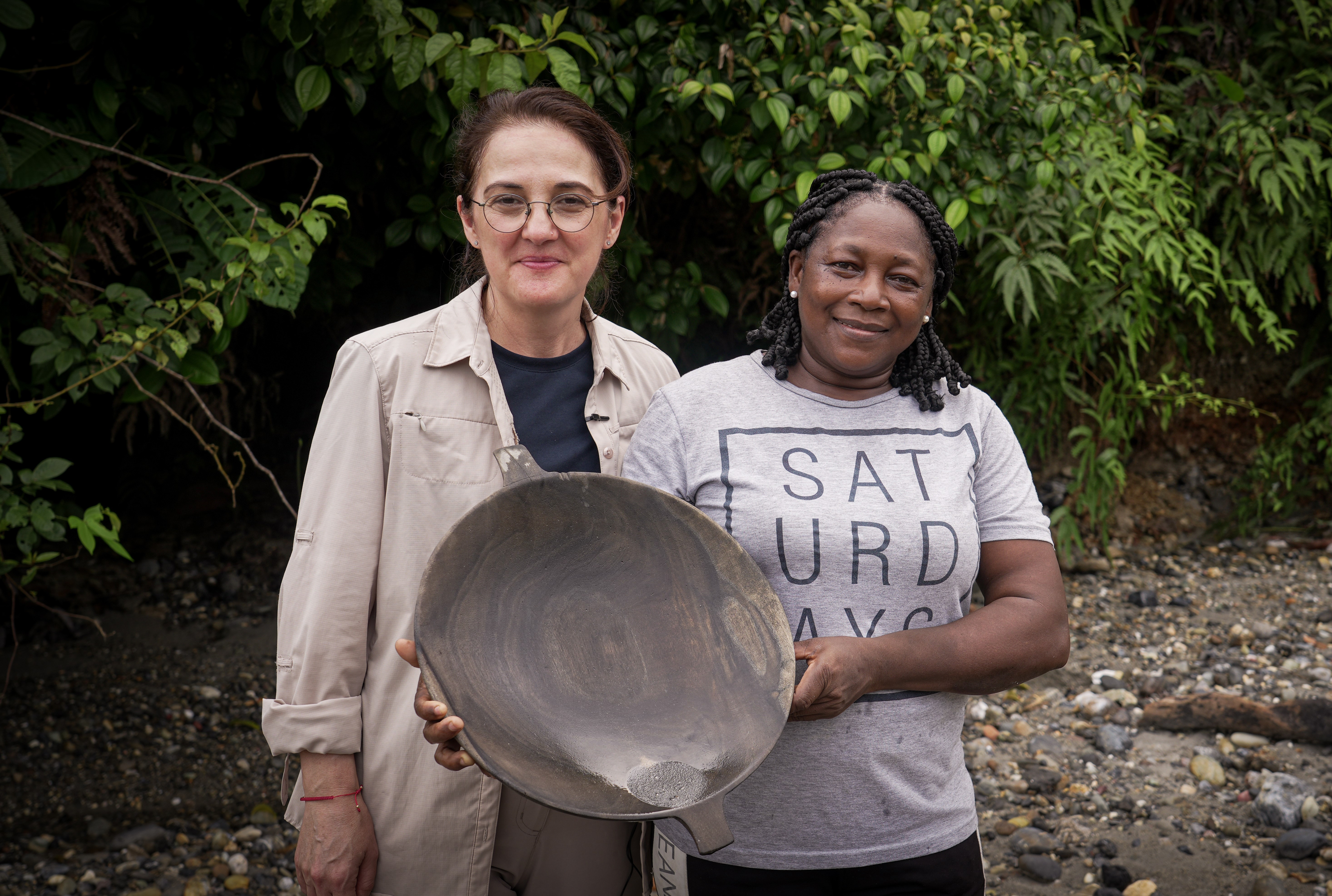
A Swiss initiative has become a global point of reference on how to responsibly source gold from the artisanal mining sector by harnessing the power of public-private partnerships. More than a decade after it was launched, SWI swissinfo.ch speaks with the CEO of the Swiss Better Gold Association, Diana Culillas, about the challenges and opportunities ahead. Artisanal and small-scale mining (ASM) today accounts for only 10-20% of global production and employs 90% of the gold mining workforce.
ASM is still viewed by many in the gold industry as a high-risk sector and therefore avoided entirely by some refiners. Gold extraction by small-scale miners can have negative environmental impacts. The most visible are deforestation in biodiverse regions like the Amazon region and waterways contaminated by mercury (miners use mercury to extract gold from ore as an amalgam). Gold mining also has a history of encroaching on Indigenous lands and child labour in some areas. This interview comes in the wake of a blaze that killed 27 people at a Peru mine that had been certified as responsible and amid discussions to expand the programme to Africa.
But times are changing. The London Bullion Market Association, which sets the standard enabling the global trade of gold, released a responsible sourcing toolkit focused on ASM in March. “A major signal that we are trying to send is the boycott is over,” said LBMA CEO Ruth Crowell. “We want to look at sourcing from ASM responsible way.” The Swiss Better Gold Initiative launched in 2013 was highlighted as one way of achieving that goal.
The initiative is a private-public partnership supporting artisanal and small-scale gold producers in extracting their gold in ways that benefit the community but limit damage to the planet. That can mean technical support in moving away from toxic mercury use to extract gold and formalising mining activities. The Initiative is co-funded and co-implemented by the State Secretariat for Economic Affairs (SECO) and the Swiss Better Gold Association.
How does it work? Participating miners embark on a continuous improvement program and are paid a premium for their gold. The money flows to a fund and is then reinvested into community projects. The gold is bought up by Swiss refineries like Metalor and jewelry brands like Breitling and Cartier.
We speak with the CEO of the Swiss Better Gold Association, Diane Culillas, about expanding implementation and how to further reduce risks after the fatal mining accident in Peru.
SWI swissinfo.ch: The SBGI initiative has existed for just over a decade. What have you achieved?
D.C.: We have entered the 11th year and are pleased with the constant progress we have recorded so far. The first year we worked with one mine, Sotrami (in Peru), exporting 27 kilos. Today we export from about 35 to 40 mines, and we have reached, exports of three tons and a half a year from Colombia and Peru. We have also increased the number of members of the Association over the years to a total of 24 today.
SWI swissinfo.ch: You are also active in Bolivia…
D.C: We don’t export anything from Bolivia yet. It is very challenging. There is the problem of mercury, and we feel that the country needs more preparatory work in terms of awareness and use of mercury. Bolivia has signed the Minamata Convention [an international agreement to reduce global mercury use] but there is still no national action plan articulating an exit strategy for mercury. We need a little more of a policy dialogue work first before we can start doing something in terms of accreditations and exports.
SWI swissinfo.ch: In total, how many miners have benefited from the program?
D.C.: About 60,000 miners. That’s 130 mining operations across the three countries.
SWI: Is that enough considering that in each of the countries where you operate, you have 1 million people dependent on ASM?
D.C.: You have to start somewhere. Actually, we are expanding our activities every year and are proud of our results so far. But yes, we’re still very young. All these processes take time. It takes at least two years from the time when you initiate technical activities with a mine, to bring them all the way across the escalator [progressive improvement programme] and be eligible as responsible producer. And then you have one more year to start eventually facilitating the export. Miners are usually very suspicious, it is a question of confidence and trust, and it takes time to build this trust.

More
Subscribe to our weekly top stories
SWI: How do you get the miners on board?
D.C.: Many of these miners did not study mining. They just practice it because everybody [in their environment] does, or their fathers did. Having knowledge of better techniques, is the first motivating factor for them to come into the initiative. The majority of our producers in Colombia produce two to three kilos of gold per month. Our premium is $1 per gramme. So, they don’t come for the premium. They really come for the technical assistance. One of the first questions they will be asking us is “how can I improve my recovery rate [that is the percentage of gold that can be successfully recovered through the amalgamation process]?”. This is what they are interested in.
SWI: ASM gold accounts for about 1% of Swiss gold imports. What are the main challenges you face when it comes to scaling?
D.C.: How can we meet global or industrial demand with small-scale production? The solution is to increase the number of eligible producers to achieve scalability. In Colombia, we currently work with around 20-25 operations, which does not yield a significant amount per year – at least not yet. These are very small producers. To grow, we need to provide more technical assistance and identify more mines.
SWI: The Yanaquihua mine in Peru is part of the Swiss Better Gold project. Did the accident that killed 27 miners there in May last year create jitters among Swiss refiners in terms of engaging with ASM or their willingness to expand or explore projects?
D.C.: No, we haven’t heard of any refiner or member of the association changing their mind. On the contrary, they really showed some solidarity around the principle itself, the need for continuous improvement.
SWI: What have you learned from this tragedy?
D.C.: The accident in Yanaquihua was a big lesson for us. It confirmed that ASM requires constant support. Yanaquihua is slightly larger than our other mines, and we believed that we could approach it differently due to its size. We used the Responsible Jewellery Council instruments instead of our own. RJC is a standard that undergoes an audit every three years. However, practical experience has shown that every configuration truly requires close proximity and monitoring. Our model is designed so that the mine is visited every three to four months, allowing us to closely monitor their activities. Have they completed the assigned tasks? What improvements have been made? What remains outstanding? One of the lessons learned is that we should use our own instruments on our own schedule. Another lesson learned was that we reinforced our teams by adding a health and safety specialist to each team.
SWI: Responsibly sourced gold can have many meanings and standards attached to it and auditing schedules. Every three years for RJC. Every three to four months for Swiss Better Gold. What does it mean for you in the context of ASM to have truly, responsibly sourced gold?
D.C.: To me, responsibly means with consideration for people and with consideration for the planet. And knowing that perfect doesn’t exist . This is the reason we call it better gold – because we can always do something better. And the reason why we follow a continuous improvement approach.
SWI: How do you view the role of processing plants, or intermediary refineries? Are they useful to expand the reach of ASM mining or do they just add to the traceability headache?
D.C.: There are opportunities here. The number of producers working with one processing plant can range from 100 to 800. However, there is a challenge of commingling, so it is crucial to know the sources of the gold. Once the gold is treated, it becomes almost impossible to trace its origin.
We are motivated to work with these processing plants because they involve such a large number of producers. Furthermore, it is not practical to expect each producer to produce their own doré, as they lack the necessary equipment. If they were to produce doré, they would use mercury. Therefore, it is better for them to bring the mineral to a processing plant in an industrial site, where proper industrial processes can be used to recover gold and ensure higher recovery rates without polluting the environment.
SWI: How does participating in the initiative impact income levels? Does it bring more financial stability?
D.C.: Stability, yes. It’s one of the reasons miners want to be connected to Swiss value chains. Other off takers on the ground often have more volatile markets. For example, in India, there is high demand for gold during the wedding period [Jan-March] and then it decreases again. In contrast, the Swiss value chains are as regular as Swiss watches. Once they are connected to these supply chains, they never fail, which also improves their reputation. This, in turn, makes them more eligible for loans and credit from banks. Passing the Swiss due diligence puts them on a different level in the eyes of banks. This is a significant step because otherwise, they would rely on informal financial mechanisms. The goal of the entire effort is to bring them into the official market.
SWI: You gave the example of India, what about China, which is another big consumer of gold, can you compete?
D.C: In Latin America, we don’t have that much competition with Chinese refiners. China is more present in Africa, along with a Russian mercenary group called Wagner. But in Latin America, the main competitor would be India.
SWI swissinfo.ch: What’s next? Which countries are you focusing on?
D.C.: We have been exploring in Nicaragua. There is a first, very preliminary visit done to Ecuador. We have been to Ghana also on an exploratory visit and to Tanzania. So, we hope that one of these will result in an extension. Because by now, after 11 years, we feel that our model is working and that it can be replicable.
Edited by Virginie Mangin

In compliance with the JTI standards
More: SWI swissinfo.ch certified by the Journalism Trust Initiative


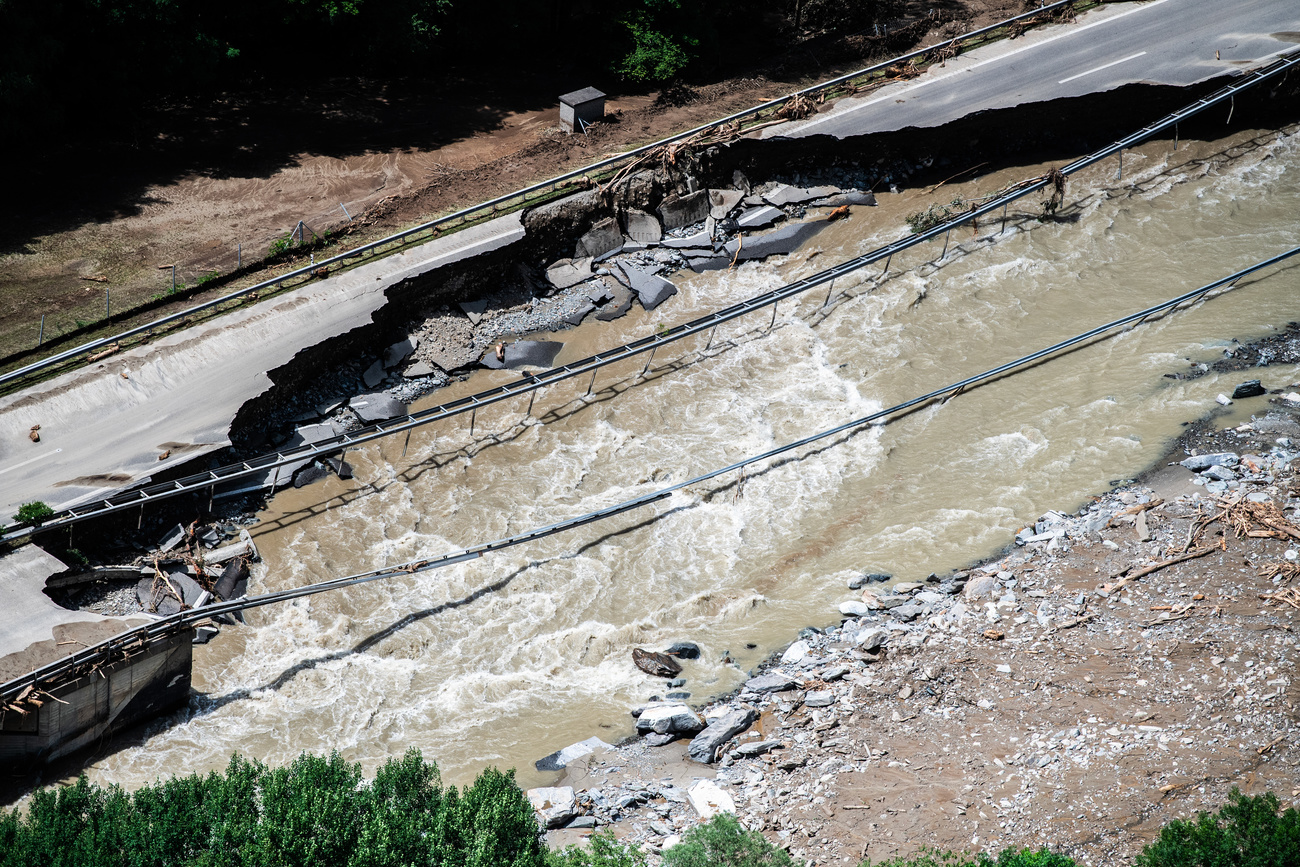


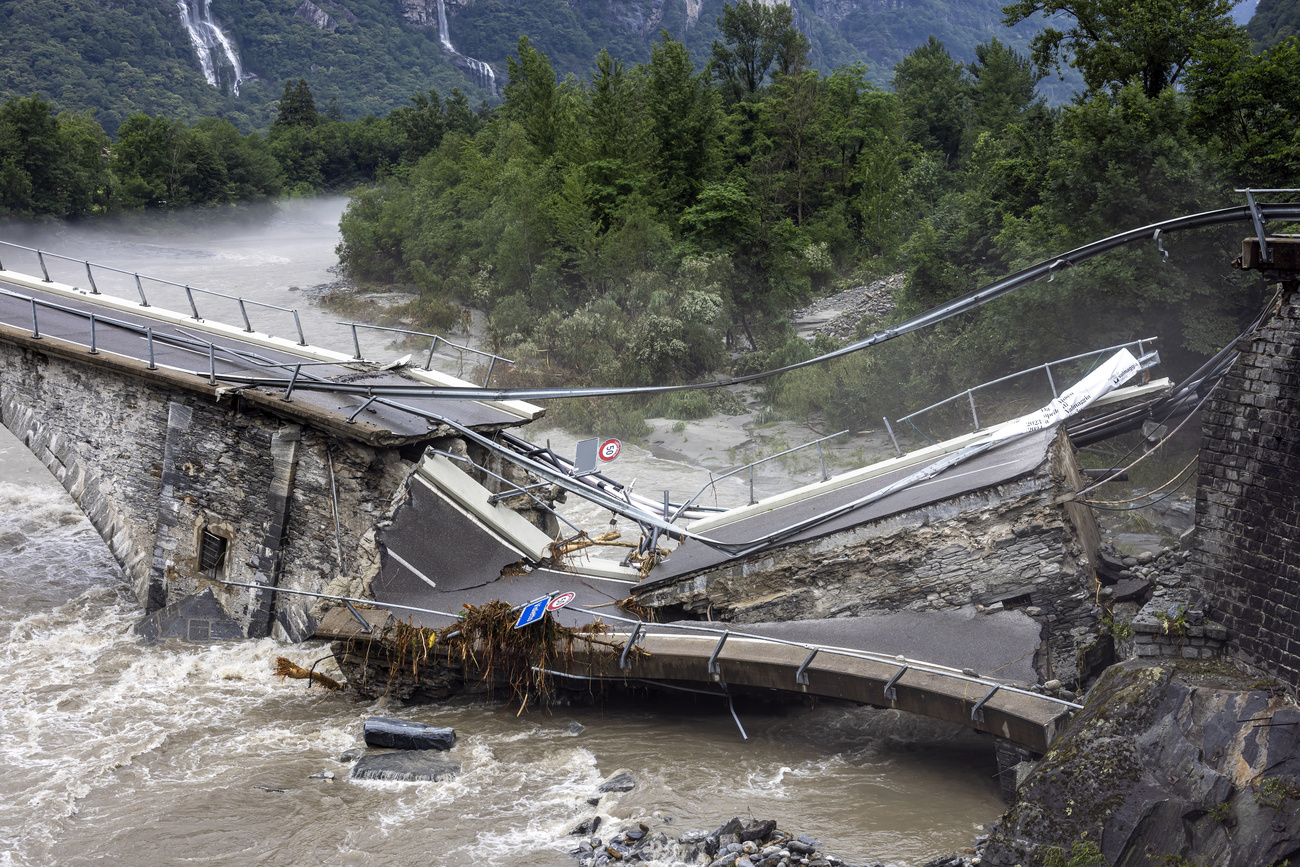

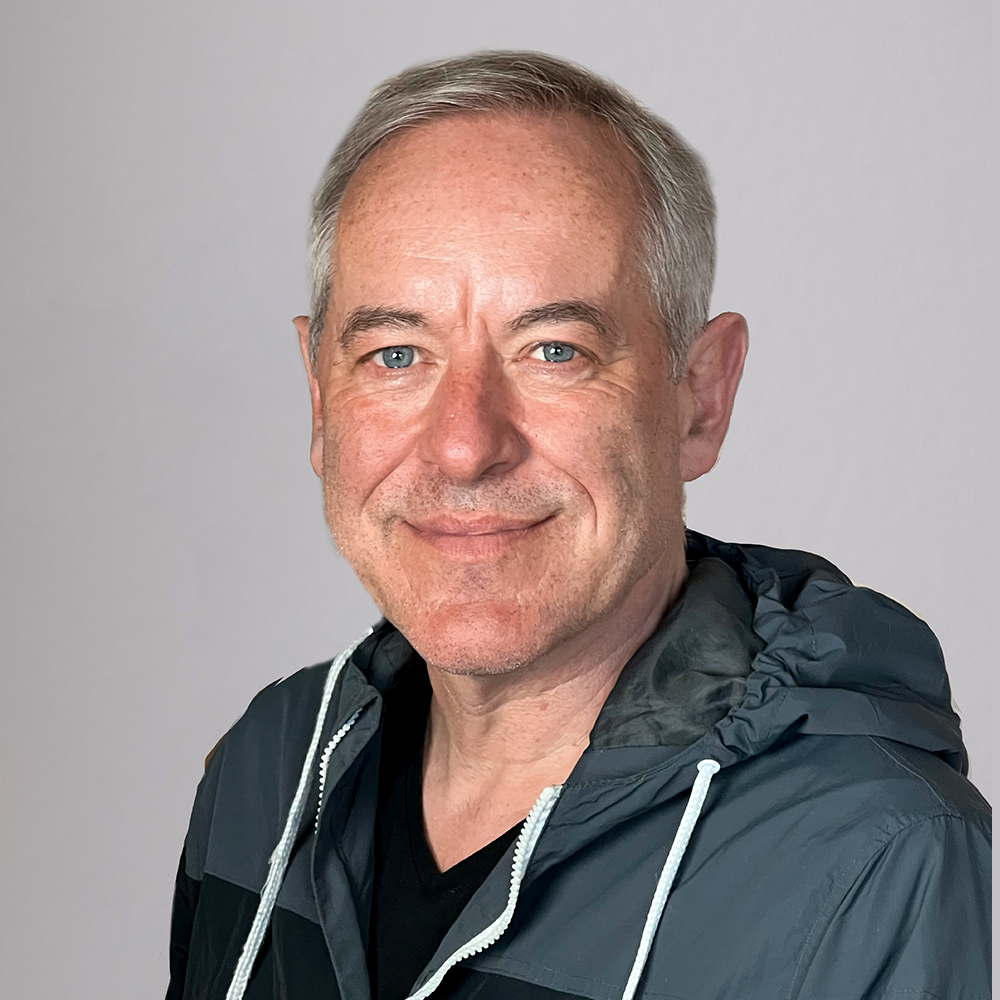
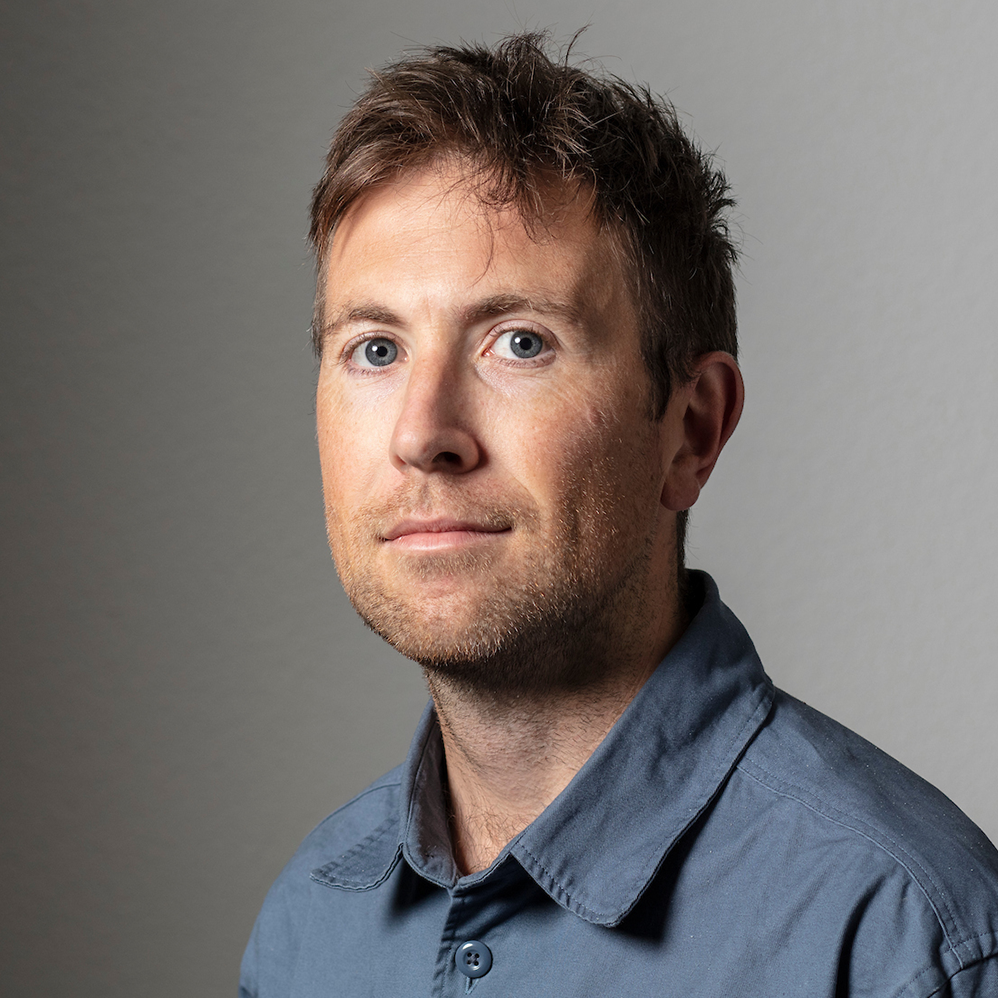
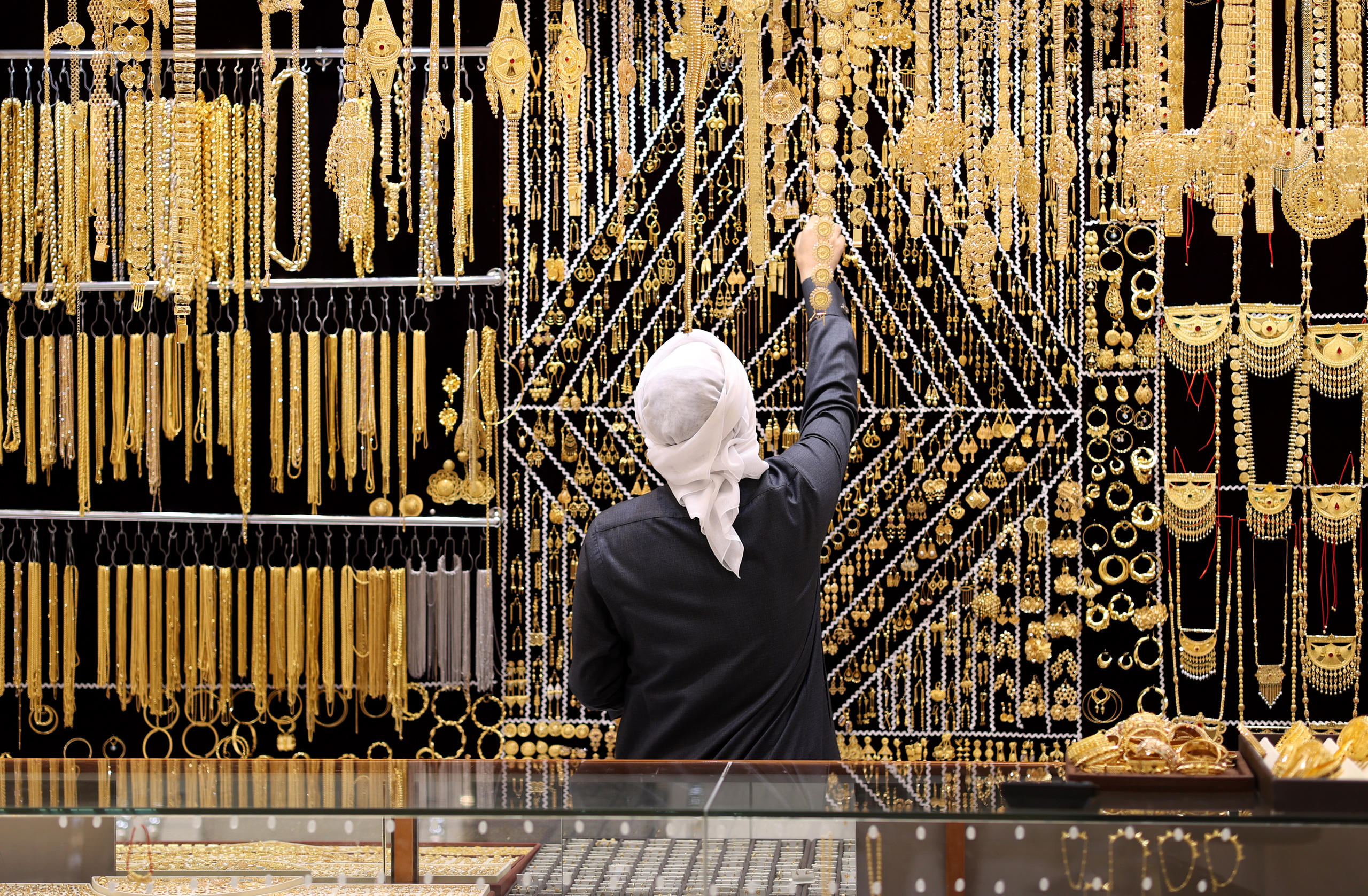
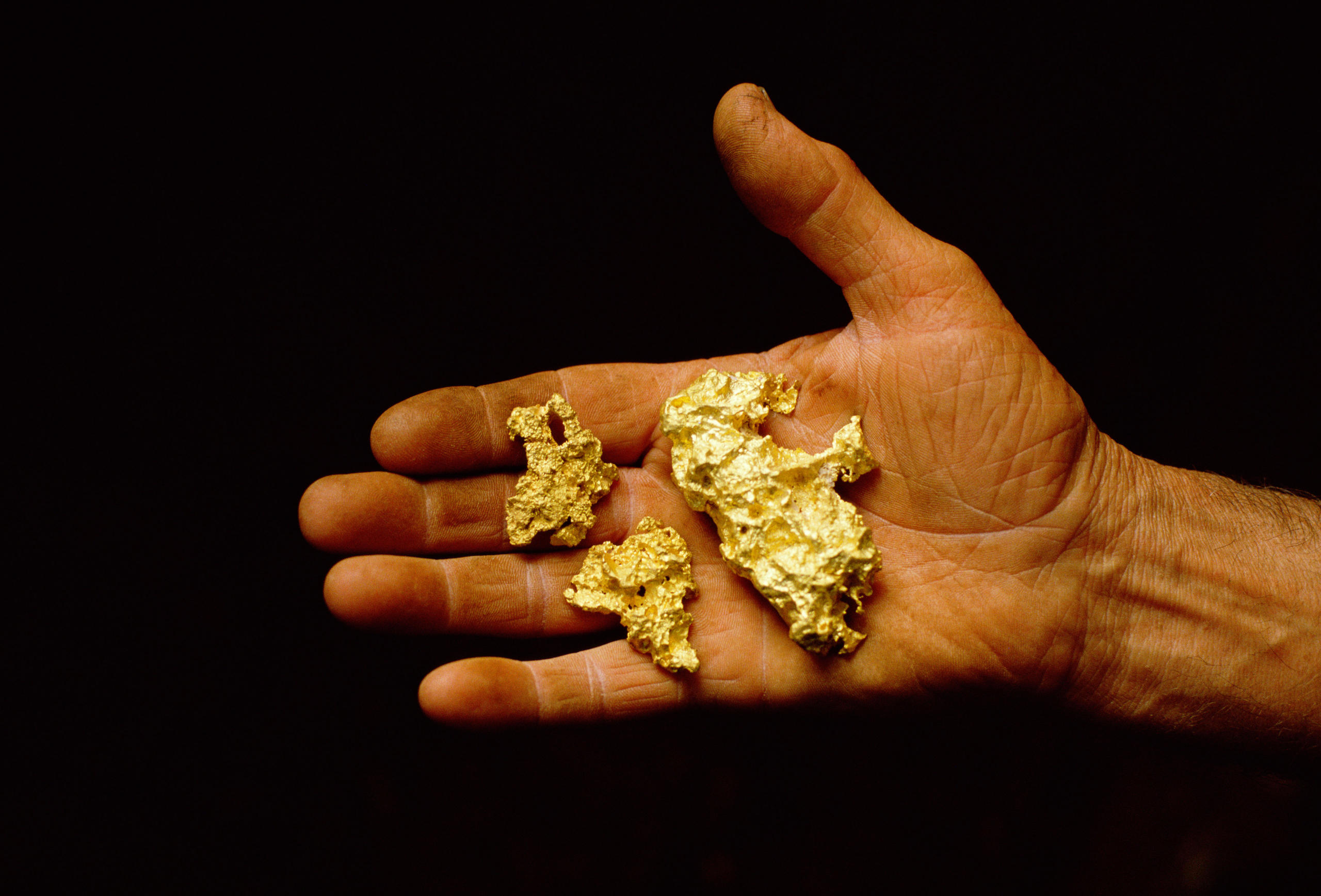
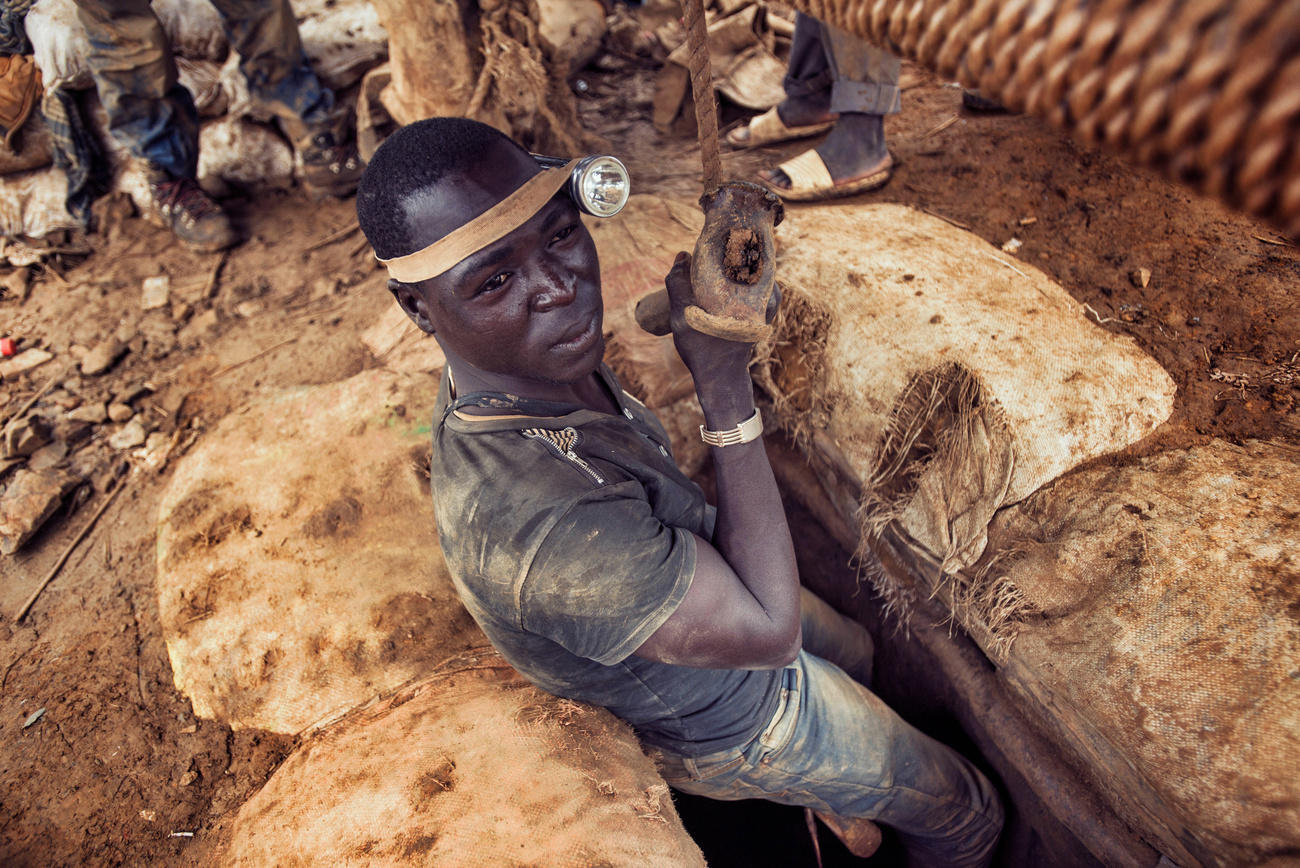
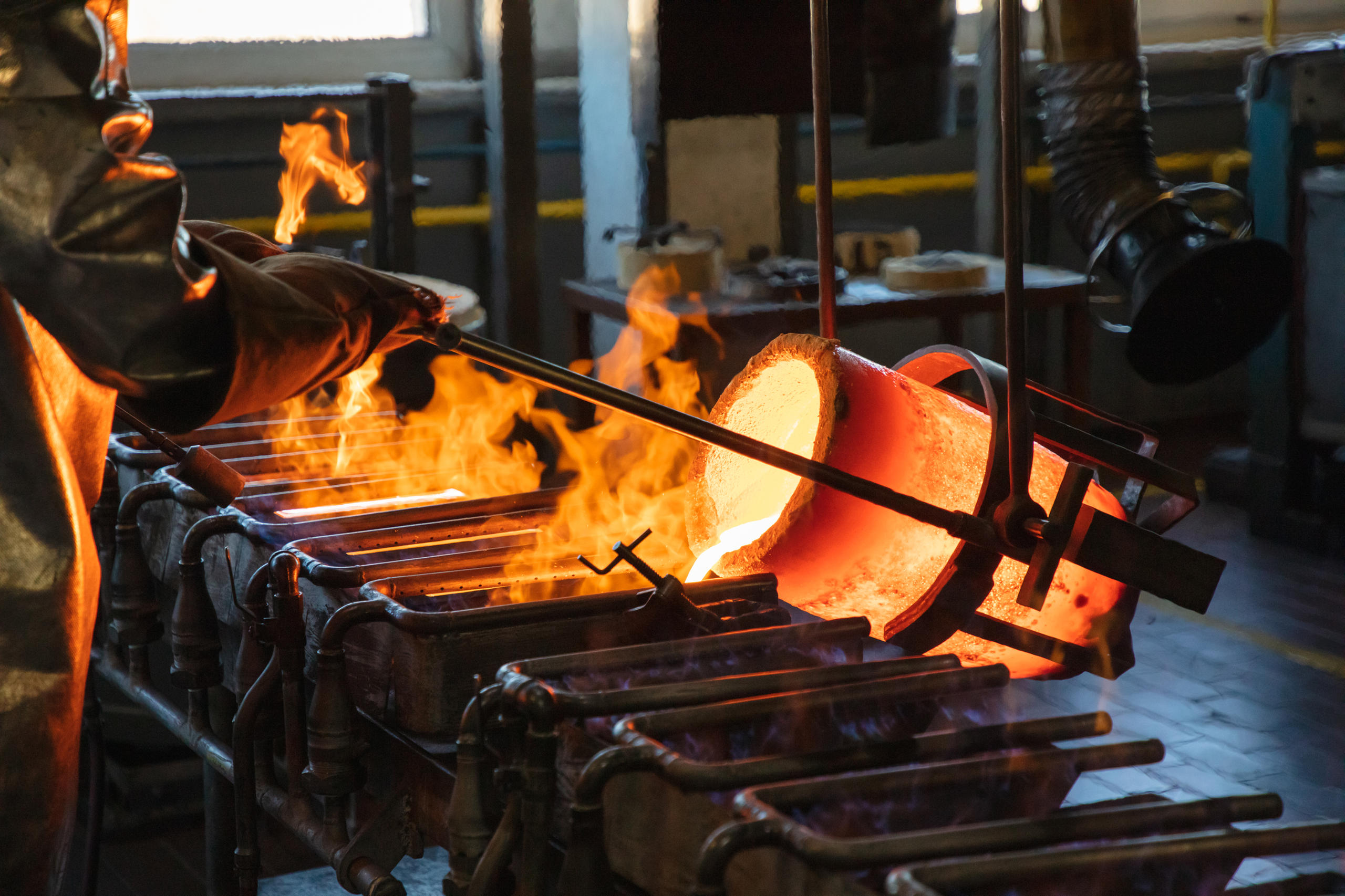
You can find an overview of ongoing debates with our journalists here . Please join us!
If you want to start a conversation about a topic raised in this article or want to report factual errors, email us at english@swissinfo.ch.